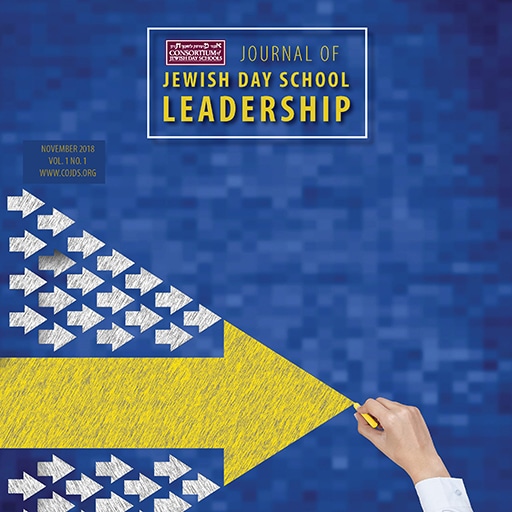
Eilu V’Eilu Divrei Elokim Chaim – Multiple Truths and Today’s Society
March 1, 2021
Seeking Submissions
January 3, 2022by Rabbi Shimshon Gewirtz
At the summer Think Tank two years ago, several people spoke to me about their work using project-based learning (PBL) in the limudei kodesh classroom. I was intrigued because it didn’t strike me as a good fit. While some of the goals of these classrooms, including the development of values and deeper understanding of hashkafa seem to be addressed by PBL, the mandate to teach a lot of text-based material in limited time, such as Chumash, Mishnah, Nach, or Gemara, seems to preclude the dedication of sufficient classroom time for something like PBL. Additionally, teaching students the skills involved in reading these texts, which are in a non-native language and an unfamiliar style, would seem to be a goal not well-served by doing projects in class.
This is the exciting challenge that we hope to address in this issue. What is project-based learning, how and why does it work for teachers and learners, how is it planned and implemented, and what place does it have in the Jewish Day School, and particularly in the limudei kodesh?
In this edition, Rabbi Yoni Gold uses the ability-motivation-opportunity framework to guide the training component necessary to empower teachers to implement PBL effectively. Dr. Sarah Levy and Mark Parmet look at how project-based learning impacts learning outcomes and how these impacts translate to the Judaics classroom. Mrs. Ettie Siegel summarizes the arguments for and against project-based learning and includes real-life day school examples of successful implementations and challenges. And we hear from Rabbi Mordechai Weissman of the Machon Menoras Hachochmah about his work designing curricula for yeshiva high school boys and how while project-based learning doesn’t solve all the challenges that face teaching this population, educational methodologies such as PBL can be adapted successfully.
Mrs. Miriam Gettinger describes nuts and bolts of project-based learning with a focus on the way PBL allows for genuine cross-curricular learning, tying together all the disparate parts of a student’s day in a way that helps focus and deepen their learning. Mrs. Huvie Shabes uses project-based learning to engage middle school boys and takes us through seven design elements that make this work. One advantage of project-based learning is that it allows students to tap into their creativity, and Mrs. Daniella Botnick writes about how this creativity drives student engagement even among students who were previously turned off to education. And Mrs. Candace Manor describes how PBL allows Jewish values to come to life in her school.
Rabbi Yehoshua Dovid Schwartz addresses what seems to be hardest discipline in which use project-based learning: the Gemara class. Rabbi Yerachmiel Kalter is a proponent of using PBL in the kodesh classroom. He refutes several common misconceptions and describes some of the benefits to students from using this approach. Rabbi Uriel Lubetski used project-based learning to teach Tanach to middle and high school students and writes about the way these classes were enhanced.
Mrs. Sharon Schwartz discusses PBL for early childhood. Preschoolers commonly spend a lot of their time engaged with crafts and projects, but Mrs. Schwartz describes an approach using major, unit-sized projects to help children explore and learn.
In the world today, people hold strong opinions about any number of things and it’s becoming increasing difficult to debate these ideas with respect and understanding. Rabbi David Mahler addresses this issue through the lens of Chazal’s teaching, that אלו ואלו דברי אלוקים חיים, and suggests that mechanchim and mechanchos can lead by example in this area.
It was our privilege to have Rav Aharon Lopiansky address the Think Tank this past July. He spoke about learning from experiences of suffering and using the challenges we’ve faced from COVID to help our students – and ourselves – grow and become better. We’re proud to share his message with our readers in this edition.
Work on this edition began over a year ago, but when the global pandemic brought traditional schooling to a halt, project-based learning seemed insignificant and somewhat irrelevant. However, perhaps learning about and implementing project-based learning is uniquely appropriate for a year like this. In some ways, project-based learning is less dependent on schedules, physical settings, and staffing than traditional lecture-based or teacher-led classes.
As always, it is our hope that you find the ideas in this journal to be helpful. Don’t forget to share your feedback with us at [email protected]!

